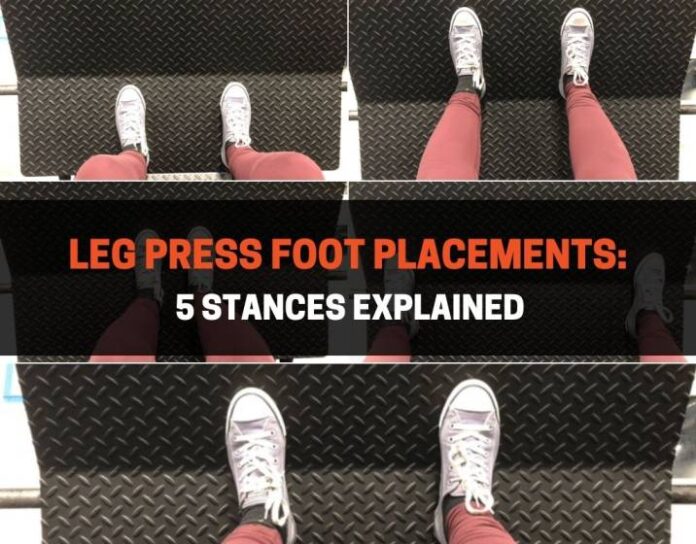Proper form and technique are paramount in the world of fitness, and this holds especially true for leg press exercises. Among the various factors that contribute to a successful leg press routine, one often overlooked yet crucial element is the placement of your feet. Understanding how different foot positions affect muscle engagement and targeting can significantly impact the effectiveness of your lower body workouts. This comprehensive guide will delve into the nuances of leg press foot placements and the muscles they work, empowering you to craft tailored workouts that yield impressive results.
Understanding Leg Press Foot Placement
The mechanics of foot placement during leg press exercises wield a remarkable influence over the muscles brought into action. The angle and positioning of your feet on the platform directly impact the stress distributed across various muscle groups. It’s imperative to maintain proper alignment and form throughout the movement to maximize both safety and effectiveness. In the following sections, we will explore several foot placements and how they activate specific muscles, helping you make informed choices for your workout routines.
5 Best Leg Press Foot Placements
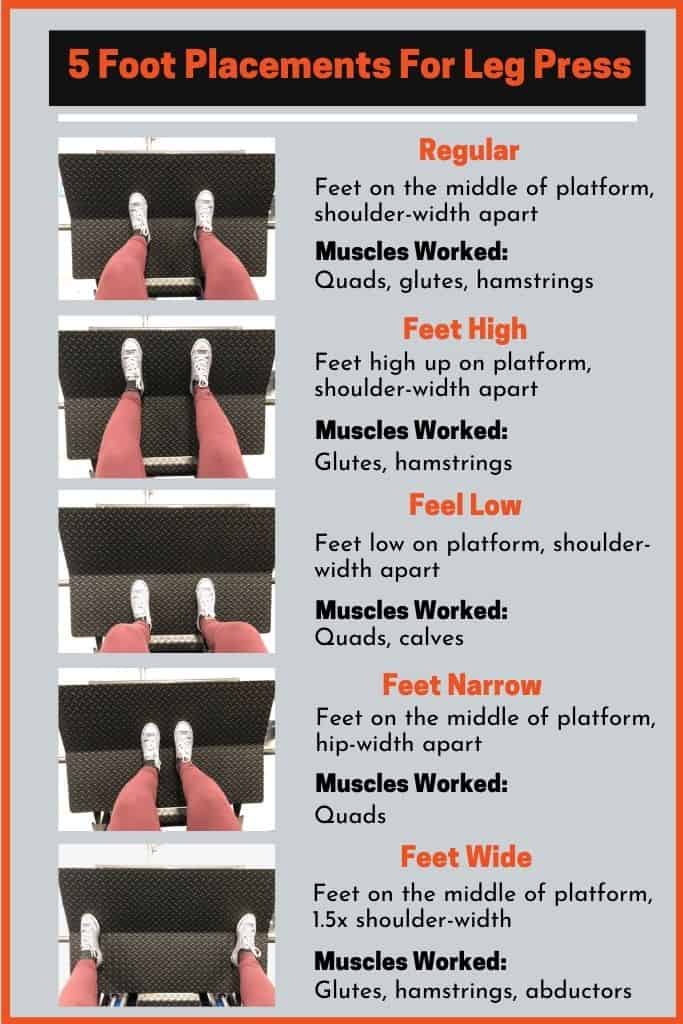
1. Standard Foot Placement

The standard foot placement serves as the foundation for effective leg press exercises. Placing your feet shoulder-width apart and hip-distance from the platform’s edge targets a balanced engagement of your quadriceps, hamstrings, and glutes. This stance encourages a well-rounded lower-body workout, ensuring no particular muscle group is overly emphasized.
To perform the standard foot placement:
- Sit down on the leg press machine, ensuring your lower back is firmly against the backrest.
- Place your feet flat on the platform, hip-width apart.
- Push the platform away by extending your knees, avoiding locking them.
- Exhale as you press and inhale as you return to the starting position.
Muscles engaged during the standard foot placement leg press:
- Quadriceps
- Hamstrings
- Glutes
2. Narrow Foot Placement
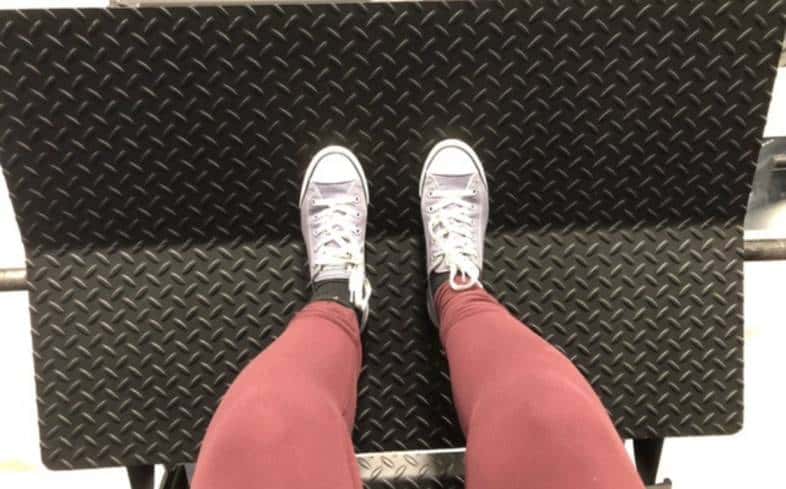
For those seeking to target the inner thighs and emphasize quadriceps activation, the narrow foot placement is an effective choice. By positioning your feet closer together, you engage the adductors, the group of muscles responsible for drawing your legs toward the midline of your body.
To execute the narrow foot placement:
- Assume the seated position on the leg press machine, maintaining proper back support.
- Place your feet on the platform, bringing them closer together than in the standard stance.
- Push the platform away, focusing on your inner thighs and quadriceps.
- Inhale during the lowering phase and exhale as you press the platform upward.
3. Wide Foot Placement

In contrast to the narrow stance, a wide foot placement shifts the emphasis to the outer thighs and adductors. By placing your feet wider apart, you create a different angle of resistance, engaging these muscles to a greater extent. This variation can help in achieving well-defined thighs and a sculpted lower body.
To perform the leg press with a wide stance:
- Situate yourself on the leg press machine, ensuring proper spinal alignment.
- Position your feet on the platform, wider than shoulder-width apart.
- Initiate the movement by pushing the platform away, feeling the tension in your outer thighs and adductors.
- Exhale during the pushing phase and inhale as you return to the initial position.
4. High Foot Placement
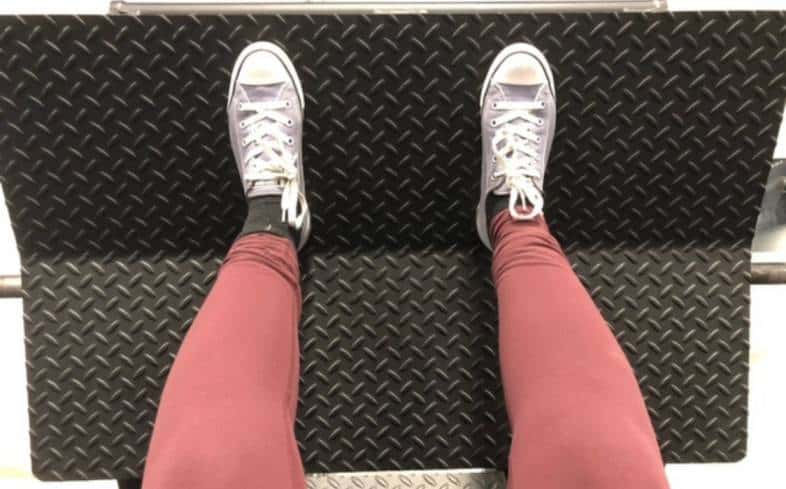
Elevating your foot placement on the leg press platform alters the dynamics of muscle engagement. With a higher foot position, the focus intensifies on the quadriceps, allowing for a challenging and targeted workout for this muscle group. This variation is particularly beneficial for those aiming to enhance the development of their quads while minimizing glute involvement.
To execute the high foot placement:
- Assume a comfortable seated position on the leg press machine.
- Place your feet higher on the platform, positioning them near the top edge.
- Press the platform upward, concentrating on your quadriceps.
- Inhale as you lower the platform and exhale as you push it back up.
5. Low Foot Placement
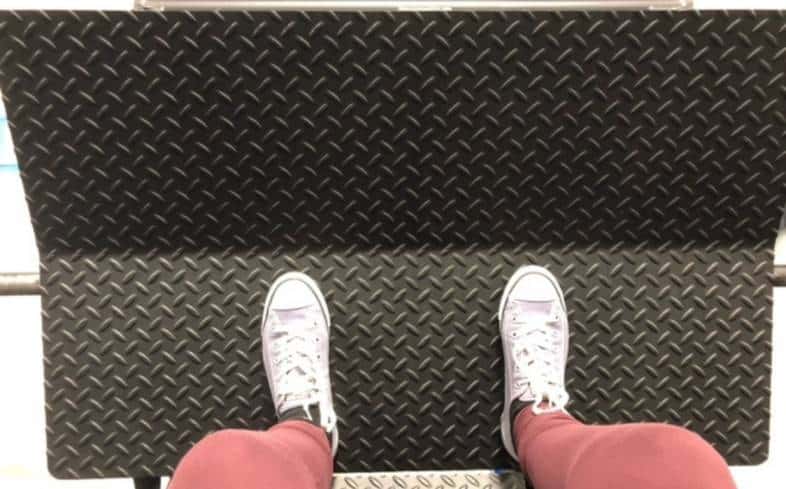
Shifting your focus to the hamstrings and glutes, the low foot placement offers a distinct challenge. Placing your feet lower on the platform places greater emphasis on the posterior chain muscles, facilitating a well-rounded leg press routine. This leg press variation is particularly valuable for individuals seeking to enhance hamstring and glute development.
To achieve the low foot placement:
- Begin by positioning yourself on the leg press machine with proper back support.
- Place your feet lower on the platform, closer to the bottom edge.
- Press the platform away, engaging your hamstrings and glutes.
- Exhale during the pushing phase and inhale as you return to the starting position.
Combining Foot Placements
Enhance the complexity and effectiveness of your leg press workouts by incorporating a variety of foot placements. By strategically sequencing different foot positions, you can create a comprehensive routine that engages all major leg muscle groups. This holistic approach ensures balanced muscle development and a well-rounded lower body strength. To structure effective leg press routines:
- Select a sequence of foot placements that target different muscle groups.
- Perform each foot placement with proper form and alignment.
- Focus on smooth transitions between placements for a seamless workout.
- Gradually increase the intensity by adjusting weights and repetitions.
Safety and Proper Form
While foot placement is pivotal for muscle targeting, safety and form remain non-negotiable. Incorrect positioning can lead to strain and injury. Ensuring your body is aligned correctly while executing leg press exercises is crucial for preventing undue stress on joints and muscles. To maintain safety and proper form:
- Begin with lighter weights to master proper form before advancing to heavier loads.
- Maintain a steady and neutral spine alignment throughout the exercise.
- Keep your knees aligned with your toes to prevent undue strain.
- Listen to your body – if you feel discomfort or pain, adjust your foot placement.
Sample Leg Press Workout Routines
Putting theory into practice, here are some sample leg press workout routines that leverage various foot placements for comprehensive leg development. These routines can be tailored to different training levels and goals, ensuring that everyone can reap the benefits of targeted leg training.
Routine 1: Strength Emphasis
- Standard Foot Placement: 4 sets x 6 reps
- High Foot Placement: 3 sets x 8 reps
- Seated Leg Press: 3 sets x 10 reps
Routine 2: Hypertrophy Focus
- Wide Foot Placement: 4 sets x 8 reps
- Narrow Foot Placement: 3 sets x 10 reps
- Low Foot Placement: 3 sets x 12 reps
Routine 3: Toning and Endurance
- Standard Foot Placement: 3 sets x 12 reps
- Seated Leg Press: 4 sets x 15 reps
- High Foot Placement: 3 sets x 10 reps
Foot Placement for Muscle Targeting
Connecting foot placements to specific muscle targeting is a nuanced approach to optimizing your leg press routine. Each foot position can be linked to particular muscle groups, allowing you to fine-tune your workouts for desired outcomes. By understanding this correlation, you can strategically create routines that address specific muscle imbalances and weaknesses. To design workouts focusing on particular muscle groups:
- Identify the muscles you want to target in your leg workout.
- Choose foot placements that emphasize those specific muscle groups.
- Structure your routine to incorporate these placements.
- Monitor your progress and adjust your foot positions to achieve desired results.
Maximizing Leg Press Benefits
The versatility of leg press foot placements offers a remarkable opportunity for maximizing the benefits of your lower body workouts. By exploring and experimenting with various foot positions, you tap into different muscle fibers and stimulate muscle growth from multiple angles. This not only promotes overall leg development but also contributes to enhanced strength gains and improved lower body function. Embrace the variety and versatility that foot placements bring to your leg press routine:
- Continuously explore different foot placements during your leg workouts.
- Embrace the challenge of targeting specific muscles in unique ways.
- Observe how your body responds to different foot positions over time.
- Adjust your routine as needed to keep the workout engaging and effective.
FAQ: Decoding Leg Press Foot Placements
How do foot placements in leg press exercises impact muscle engagement?
Foot placements in leg press exercises determine the angle and distribution of force on various muscle groups. Different positions emphasize distinct muscles, enabling targeted development and balanced growth.
Can I use different foot placements in a single-leg press session?
Absolutely! Combining foot placements in a single session creates a comprehensive workout. It challenges your muscles from various angles, fostering well-rounded development.
Which foot placement is best for hamstring activation?
A lower foot placement, such as the narrow or low stance, targets the hamstrings effectively. These positions engage the posterior chain muscles for enhanced hamstring development.
How can I ensure proper form while using different foot placements?
Prioritize safety by starting with lighter weights to master form. Maintain a neutral spine, aligned knees, and controlled movement throughout each repetition.
Can I target specific muscle groups with different foot placements?
Yes, you can. For example, a wide stance targets the outer thighs, while a high stance emphasizes the quadriceps. Tailor your foot placements to your muscle-targeting goals.
Is there a foot placement that minimizes glute engagement?
Yes, a high foot placement minimizes glute involvement, allowing you to focus primarily on quadriceps activation.
How often should I change my foot placements in my leg workouts?
Incorporating variety into your leg workouts is beneficial. Consider changing foot placements every few weeks to prevent plateaus and maintain muscle adaptation.
Wrapping Leg Press Foot Placements
In the world of fitness, leg press exercises stand as a cornerstone of lower body development. However, their effectiveness hinges not just on the amount of weight lifted, but on the precision of your foot placement. With a wealth of foot positions at your disposal, you possess the means to sculpt and strengthen your legs with unparalleled precision. Tailor your workouts to your goals, listen to your body, and embark on a journey of exploration as you discover the artistry of leg press foot placement. Your leg muscles will thank you with newfound strength, definition, and resilience.
Embrace the versatility of leg press foot placement to unlock the full potential of your lower body workouts. Whether you’re aiming for strength, hypertrophy, or toning, understanding the connection between foot positions and muscle engagement empowers you to create workouts that yield remarkable results. Remember, as you embark on your fitness journey, the key to a powerful and balanced lower body lies in how you position your feet on the leg press machine.


